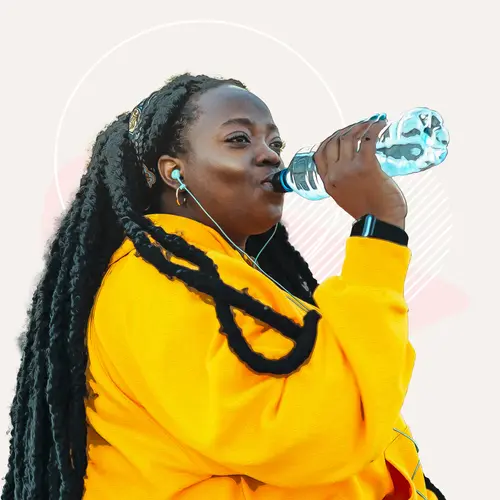You don’t have to sign on to a grueling diet plan or drop a large amount of weight to see changes in your blood pressure and overall health. You start getting health payoffs way before that happens.
Three of the biggest perks don't even involve the scale.
1. Your Heart, and Your Life, Improve
“The greatest gains have more to do with a lower risk of heart attack and stroke,” says James Beckerman, MD, cardiologist at the Providence St. Vincent Heart Clinic in Portland, OR.
The benefits go beyond your heart. Even a slight weight loss means more energy and the ability to do more activities. Plus, when you can do more, you’ll boost your confidence and general quality of life.
2. (Almost) Instant Gratification
Being overweight strains your heart, which can lead to a host of health problems, including heart disease. You don’t need to take off 50 pounds to see an improvement. Losing as little as 10 pounds can lower your blood pressure and begin to ease the strain.
3. Better Numbers in 30 Days
Watching what you eat will have the biggest impact on your blood pressure, but exercise is also an essential ingredient for success. Working out can lower blood pressure by as much as five to seven points. And you can see these results just one month after boosting your activity.
Aim for 30 minutes of activity a day, Beckerman says. Low-intensity exercises like walking and swimming are simple ways to begin a routine and start to see promising changes at your doctors' visits.
How to Lose For Good
Staying on track takes work, and it's worth the effort. It’s the best way to hold on to the health benefits you gain from dropping some pounds.
Use these five tips to help you stick with your weight loss plan:
1. Give the DASH diet a try. The plan was developed to help lower blood pressure without medication but is now a favorite for anyone who wants to lose weight. “[Think] less processed food, less sodium, and more fruits and vegetables,” Beckerman says. There’s also an emphasis on high fiber and less fat and sodium.
2. Set specific, realistic goals. Start by walking 30 minutes, 3 days a week.
3. Get your team together. Build your support network. Tell your friends, family, and doctors about your goals and let them know how they can help. Get them on board to cheer and encourage you.
4. Keep a food and exercise log for motivation and to track what’s working and what’s not.
5. Celebrate your success. Reward yourself without food. Make a list of realistic “treats” when you hit milestones, even after your initial weight loss goal. Kept it off for a month? 6 months? Take yourself out to a show, get a massage, or pick another treat that makes you feel special.
